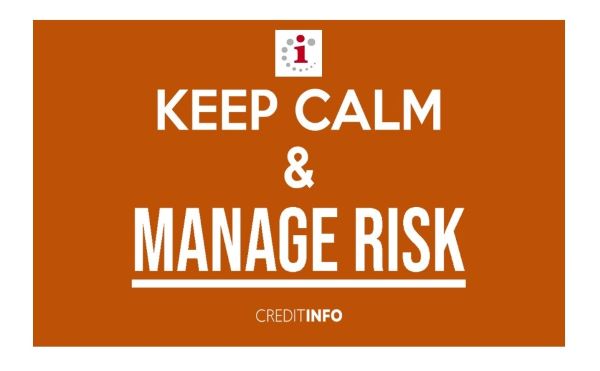With the stock markets falling and unemployment increasing as a likely outcome of the current virus-led situation, it is important for credit providers to start thinking about management of their portfolios. List of areas to review ranges from collections management, payment holidays to anti-fraud policies. The immediate focus should be on C.A.L.M (Cut-off Analysis and Limit Management). This article provides initial guidelines for those wanting to STAY C.A.L.M.
Rank Ordering and Probability of Default Calibration
When reviewing evidence from last recession (in line with what was shown in previous recessions such as UK mortgage crisis in 1990), it is clear that to a large extent, credit scorecards retained their ability to rank order credit risk. This means that scorecards continued to rank from the highest risk at the lowest scores to the lowest risk at the highest scores. This is because many scores are dynamic and they adjust as typical risk profile changes. Credit Bureau scorecards built on payment data and enquires are a prime example of this, as average Credit Bureau score slumps during a recession due to a worsening of Credit Bureau data.
Well-thought-out scorecards continue to rank ordering risk during a crisis or recession. What does change is a calibration between scores and the probability of default (PD). Evidence from past recessions suggests that at each score, observed bad rates (BR) tended to surpass initially predicted PD. As an example, let’s imagine that a cut-off is set at a certain score, let’s say, 610 and we expect PD to be equal to 13% at the cut-off point. However, during a recession observed BR will increase to a higher value, perhaps 15% depending on the depth of the crisis.
It is, therefore, necessary to change the cut-off to a higher value to retain the quality of the portfolio. Further analysis and modelling can help to produce a detailed estimate of the impact of key economic factors on levels of default to safeguard the portfolio from significant losses.
RECOMMENDATION: REVIEW YOUR CUT-OFF SCORE
Loss Given Default and Reducing Exposure
We all hope that the impact of the virus crisis will be relatively short-lived and then expect a return to normality. One of the major learning points from the previous sub-prime mortgage crisis was that both PD and Loss Given Default (LGD) estimates were impacted in a recession. The deterioration of LGD was overlooked, as there was a repeated belief that sub-prime mortgages carried a low risk due to a high value of a housing asset even despite potentially high PD. This falsehood was laid bare when asset prices tumbled in line with rising defaults.
Reviewing how limits are assigned is an important step. This will have a dual benefit of making payments more manageable in an environment where incomes are vulnerable to reductions, and secondarily to reduce losses if defaults increase.
The considered strategy of risk-driven exposure reduction will minimize any spikes in losses from the current portfolio and any new loans in the coming weeks and months.
RECOMMENDATION: REVIEW YOUR LIMIT MANAGEMENT
Creditinfo will be using their data resources in each country to monitor the situation and identify any trends which will support the management of credit portfolios in each country. Each lender needs to continue to review portfolios and assess what changes are needed to best manage through this difficult period.
|
Source: Creditinfo Group



























